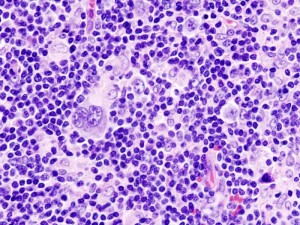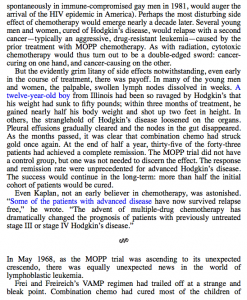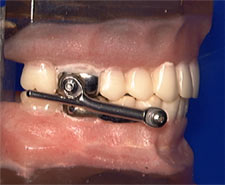Michael has provided his thoughts on Gloxi Height Enhancer here. I also want to note that I could not find any information on promodulin which is mentioned in the video as being a key to grow taller. I did find something on uromodulin which is connection to their calcium thesis.
I wanted to do a detailed analysis on the ingredients I obtained from this page on Gloxi Height Enhancer.
In the analysis on Alfalfa, it was discovered that Alfalfa may result in increased height but only during development. One study found that some Lectins could encourage chondroinduction, but wheat germ actually encouraged adipoinduction. Here’s what Michael had to say about Casein Phosphopeptide. I think the existing research suggests that Casein Phosphopeptide can accelerate and possibly enhance existing endochondral ossification but it doesn’t look like it can induce new growth plates. Hydrolyzed collagen has been shown to enhanced longitudinal bone growth in some cases. According to Effects of Chlorella vulgaris on bone marrow progenitor cells of mice infected with Listeria monocytogenes., Chlorella can reduce lead levels of bone marrow cells. Lead stimulates TGF-Beta signaling of chondrogenesis but inhibits BMP-2 signaling of chondrogenesis. BMP-2 signaling seems to be preferably over TGF-Beta signaling for enhanced growth. Thus Chlorella could contribute to longitudinal bone growth benefits by it’s beneficial effects against lead. Jujube seems to be a typical antioxidant in which I couldn’t find any novel effects. Anyone know any?
According to Ancordin, the major rhizome protein of madeira-vine, with trypsin inhibitory and stimulatory activities in nitric oxide productions., Madeira-vine could stimulate nitric oxide production. It has an inhibitory effect on trypsin and trypsin seems to have a beneficial effect on growth.
The remainder of the ingredients are just too common and well studied and sufficient levels are likely already present in your diet.
Based on this evidence, it’s possible that Gloxi Height Enhancer might enhance height growth in growing individuals but will not re-induce height growth in adults unless these ingredients have novel effects that were previously undocumented.
According to [Effects of astragalus and angelica on bone marrow stem cells proliferation and VEGF protein expression in vitro]., Angelica(and astragalus) could increase stem cell proliferation and stem cells would be the foundation for new growth plates. Also this study: Angelica sinensis polysaccharide nanoparticles as novel non-viral carriers for gene delivery to mesenchymal stem cells., states that an ingredient from Angelica could be used for gene delivery to MSC. This could be a very powerful effect for inducing new height growth but it’s not possible to be used in this gel. I couldn’t find much on Chiang Ziong Rhizonia(more common name is Huang Xiong).
The primary ingredient of rhizoma discoreae is diosgenin. I studied diosgenin but couldn’t find a connection between it and longitudinal bone growth.
The promoting effects of geniposidic acid and aucubin in Eucommia ulmoides Oliver leaves on collagen synthesis.
“collagen synthesis was stimulated by the administration of a hot water extract from the leaves of Eucommia ulmoides OLIVER, Eucommiaceae (Du-Zhong leaves) in false aged model rats. In this paper, we set out to examine the compounds in Du-Zhong leaves that stimulated collagen synthesis in false aged model rats. In experiment 1, a methanol extract of Du-Zhong leaves also stimulated collagen synthesis in aged model rats. An acetone fraction was derived from the methanol extract by silica gel chromatography in experiment 2. The acetone fraction mainly contained iridoides mono-glycosides such as geniposidic acid and aucubin. The administration of geniposidic acid or aucubin stimulated collagen synthesis in aged model rats in experiments 3 and 4 (significance (p<0.05)). The reported pharmacological effects of Du-Zhong leaves, including healing organs and strengthening bone and muscle, are closely related to collagen metabolism. It appears that geniposidic acid and aucubin are the actual compounds in Du-Zhong which caused the effect in our experiments.”
So could possibly have an effect. Since there’s collagen in the skin using this gel could make your skin thicker.
According to Clove (Syzygium aromaticum Linn) extract rich in eugenol and eugenol derivatives shows bone-preserving efficacy., Clove does alter the serum bone levels of things such as Calcium or Phosphate but nothing that could induce new height growth.
Most of the research regarding Ocimum gratissimum deals with it’s beneficial affects against radiation damage.
Finally, there’s Astragalus which has actually been shown to have a connection to longitudinal bone growth.
If you look on the other part of the brochure you can see that they don’t list any novel effects for the ingredients. I also don’t see any means of how total calcium absorption will increase height.




